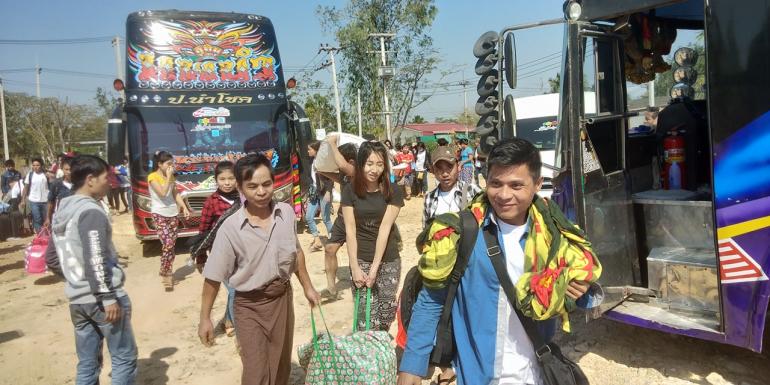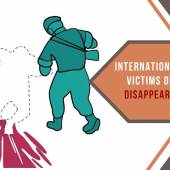International Migrants Day (December 18)

The lure of a well-paid job in a wealthy country is a powerful driver of international migration. The attraction has intensified as the difference in incomes among countries continue to grow.
This holds true not only between high and low-income countries, but also with regard to the more dynamic and less dynamic developing countries.
Many advanced and dynamic economies need migrant workers to fill jobs that cannot be outsourced and that do not find local workers willing to take them at going wages.
Population aging also underlies this growing demand, as it gives rise to deficits of workers relative to dependants.
And as younger generations become better educated, fewer in their ranks are content with low-paid and physically demanding jobs.
Migration may reduce wages or lead to higher unemployment among low-skilled workers in advanced economies, many of whom are themselves migrants who arrived in earlier waves.
However, most migrants complement the skills of domestic workers instead of competing with them.
By performing tasks that either would go undone or cost more, migrants allow citizens to perform other, more productive, and better-paid jobs. They also maintain viable economic activities that, in their absence, would be outsourced.
By enlarging the labor force and the pool of consumers and by contributing their entrepreneurial capacities, migrants boost economic growth in receiving countries.
At the point of origin, deeper poverty does not lead automatically to higher migration. The poorest people generally do not have the resources to bear the costs and risks of international migration.
International migrants are usually drawn from middle-income households. However, when migrants establish themselves abroad, they help friends and relatives to follow, and, in the process, the costs and risks of migration fall, making it possible for poorer people, though not for the poorest, to join the stream.
Low-skilled migration has the largest potential to reduce the depth and severity of poverty in communities of origin.
Mounting evidence indicates that international migration is usually positive both for countries of origin and of destination.
Its potential benefits are larger than the potential gains from freer international trade, particularly for developing countries.
Data from the United Nations pegged the total number of international migrants from an estimated 175 million in 2000 to 244 million persons in 2015.
Nearly two thirds of all international migrants live in Europe (76 million) or Asia (75 million).
Migration is now more widely distributed across more countries. Today, the top 10 countries of destination receive a smaller share of all migrants than in 2000.
One of every ten migrants is under the age of 15.
The impact of remittance flows is also significant having reached US$436 billion in 2014, far exceeding official development assistance and, excluding China, foreign direct investment.
Throughout human history, migration has been a courageous expression of the individual’s will to overcome adversity and to live a better life.
Today, globalization, together with advances in communications and transportation, has greatly increased the number of people who have the desire and the capacity to move to other places.
This new era has created challenges and opportunities for societies throughout the world. It also has served to underscore the clear linkage between migration and development, as well as the opportunities it provides for co-development, that is, the concerted improvement of economic and social conditions at both origin and destination.
On September 19, 2016, the United Nations General Assembly adopted a set of commitments during its first ever summit on large movements of refugees and migrants to enhance the protection of refugees and migrants.
These commitments are known as the New York Declaration for Refugees and Migrants. The Declaration reaffirms the importance of the international protection regime and represents a commitment by Member States to strengthen and enhance mechanisms to protect people on the move.
It paves the way for the adoption of two new global compacts in 2018: the global compact on refugees and the global compact for safe, orderly and regular migration.
Radio Veritas Asia (RVA), a media platform of the Catholic Church, aims to share Christ. RVA started in 1969 as a continental Catholic radio station to serve Asian countries in their respective local language, thus earning the tag “the Voice of Asian Christianity.” Responding to the emerging context, RVA embraced media platforms to connect with the global Asian audience via its 21 language websites and various social media platforms.














